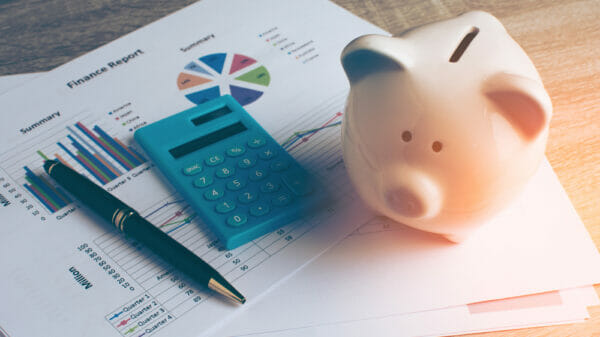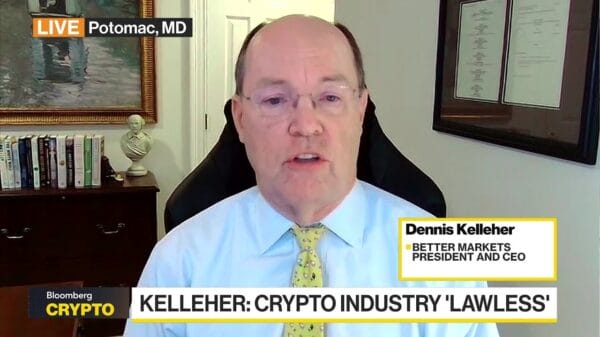Federal student loan borrowers are facing a challenging situation as the pandemic-era payment pause ends, pushing the debt limit for the average American. A tentative deal between Republican lawmakers and President Joe Biden to suspend the debt ceiling and avoid default has resulted in the cessation of the pause on federal student loan payments.
Millions who graduated during the pandemic will soon face the first bills for their student loans. For young borrowers it means finding room in budgets at a time of high inflation and forecasts of economic recession. https://t.co/64o6CFzRW5
— The Associated Press (@AP) June 7, 2023
Under the current version of the debt ceiling agreement, the pause will be terminated 60 days after the end of June, with limited ability for the U.S. Department of Education to extend this relief further without congressional action.
The Biden administration had already been preparing borrowers for the resumption of payments within months, with expectations of payments restarting by the end of August. However, new data suggests that borrowers whose loans were frozen are in a worse financial position, potentially accruing even more student loan debt.
The reason reported that the pause cost is estimated to be as high as $5 billion per month, reaching nearly $200 billion when payments resume in September. By the end of 2021, borrowers who had their loan payments paused increased their credit card, mortgage, and car-loan debt by an average of $1,800 and took on an additional $1,500 in student loan debt compared to those whose payments were not paused.
As the pause on federal student loan payments ends, borrowers face the challenge of managing their increased debt load and preparing for the resumption of payments.













































